Lake Mburo vs Queen Elizabeth: Which Park to Visit?
Choosing Between Two Iconic Ugandan Parks
For travelers seeking a memorable safari experience in Uganda, the decision between Lake Mburo National Park and Queen Elizabeth National Park can be both exciting and challenging. Each park offers distinct landscapes, wildlife experiences, and safari activities, and the choice depends on individual preferences, time constraints, and desired adventure intensity. While Lake Mburo is smaller, more intimate, and ideal for close encounters with zebras, antelopes, and birdlife, Queen Elizabeth provides vast savannahs, crater lakes, and the iconic tree-climbing lions, along with diverse mammals and bird species across larger ecosystems.
Understanding the unique characteristics, wildlife offerings, accessibility, activities, and seasonal considerations of each park is essential to make an informed decision. This article provides a detailed comparison between Lake Mburo and Queen Elizabeth, helping travelers determine which park aligns best with their safari expectations, and emphasizing how professional tour operators like WildHorn Africa can optimize the experience.
Overview of Lake Mburo National Park
Lake Mburo National Park, located in western Uganda near Mbarara, is Uganda’s smallest savannah park, covering approximately 370 square kilometers. Despite its size, the park boasts rich biodiversity and scenic landscapes, including rolling grasslands, acacia woodlands, papyrus wetlands, and lakeshores. Its compactness allows for intimate wildlife encounters and manageable travel logistics, making it ideal for short safaris, weekend trips, or family-friendly visits.
The park is renowned for its zebra populations, often seen grazing across open plains, along with antelopes such as impalas, elands, and waterbucks. Hippos inhabit the lakes and wetlands, while bird enthusiasts can enjoy over 350 species, including African fish eagles, kingfishers, herons, and the elusive shoebill. Activities in Lake Mburo include guided game drives, walking safaris, cycling tours, and boat excursions, all conducted with an emphasis on conservation, education, and immersive experience.
Lake Mburo is particularly suited for travelers seeking close-up wildlife observation, gentle trails, and scenic tranquility. Its accessibility from Kampala, roughly a five to six-hour drive, enhances its appeal for short safaris and weekend getaways.
Overview of Queen Elizabeth National Park
Queen Elizabeth National Park, spanning approximately 1,978 square kilometers, is Uganda’s largest and most diverse safari destination, located in southwestern Uganda along the Kasese and Kamwenge districts. The park features vast savannahs, crater lakes, volcanic highlands, dense forests, and the Kazinga Channel, which links Lake George and Lake Edward. This variety of habitats supports an extensive array of wildlife, making it one of Africa’s most ecologically diverse parks.
Visitors to Queen Elizabeth can expect to encounter elephants, lions, leopards, buffaloes, hippos, and antelopes, as well as unique phenomena such as tree-climbing lions in Ishasha. Birdlife exceeds 600 recorded species, with opportunities to observe African fish eagles, jacanas, herons, and many migratory birds. Activities include game drives, boat cruises along the Kazinga Channel, walking safaris, hot air balloon rides, and cultural experiences with nearby communities.
Queen Elizabeth appeals to travelers seeking larger landscapes, a wide range of wildlife, and diverse safari activities, and is particularly suited for multi-day itineraries, photography safaris, and those aiming to experience iconic African predators in their natural habitats.
Wildlife Comparison: Close Encounters vs Vast Diversity
Lake Mburo offers intimate wildlife experiences, where zebras, antelopes, and hippos are frequently observed within proximity to trails and lodges. Walking safaris and cycling tours allow visitors to engage with wildlife at a personal pace, enhancing appreciation for ecological relationships and animal behavior. The smaller scale ensures that wildlife is consistently visible, reducing travel fatigue and making observation predictable and enjoyable.
Queen Elizabeth, by contrast, provides diverse and extensive wildlife encounters, including larger mammals such as elephants, lions, and leopards. Tree-climbing lions in the Ishasha sector present a unique and iconic phenomenon, while boat cruises along the Kazinga Channel allow close observation of hippos, crocodiles, and abundant waterfowl. Wildlife distribution in Queen Elizabeth is broader, requiring longer drives, careful planning, and sometimes patience to locate specific species.
For travelers prioritizing frequent sightings of grazers, small predators, and abundant birdlife, Lake Mburo may be preferable. For those seeking big game, predator viewing, and ecological diversity, Queen Elizabeth offers a broader and more challenging safari experience.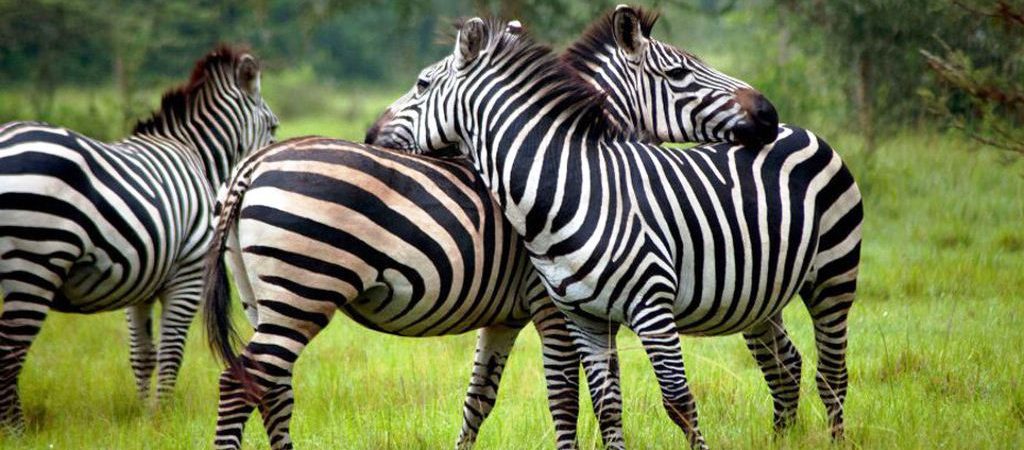
Activities and Safari Styles
The activity offerings in both parks differ due to terrain, size, and ecological features. In Lake Mburo, walking safaris, cycling tours, and boat excursions allow immersive, close-range exploration. Game drives are often shorter and more flexible, making the park ideal for travelers with limited time or those who prefer interactive and educational safaris. Early morning and late afternoon drives provide prime wildlife viewing, while cultural visits to Banyankole communities enhance the experience.
Queen Elizabeth offers extended game drives, boat cruises, walking safaris, and hot air balloon safaris. The Kazinga Channel boat trips provide a unique opportunity to observe hippos and birds in large numbers, while Ishasha sector drives reveal tree-climbing lions and expansive savannah landscapes. The park’s size allows for longer excursions, multi-day itineraries, and varied experiences that appeal to photographers, big game enthusiasts, and travelers seeking diverse ecosystems.
While Lake Mburo emphasizes intimacy and accessibility, Queen Elizabeth emphasizes scale, diversity, and iconic wildlife sightings, with each park catering to different safari styles and traveler expectations.
Accessibility and Logistics
Lake Mburo’s proximity to Kampala makes it highly accessible for short trips. A five to six-hour drive along well-maintained roads allows travelers to arrive by early afternoon, maximizing the time available for game drives and activities. The park’s small size reduces the need for extensive driving, making it convenient for families, weekend travelers, and first-time safari-goers.
Queen Elizabeth, situated approximately 400 kilometers from Kampala, requires longer travel times, generally between six and eight hours depending on the chosen route. Its larger size necessitates strategic planning for accommodation, game drives, and sector visits, particularly for multi-day safaris. While accessible, Queen Elizabeth is better suited for travelers with extended timeframes who wish to explore multiple sectors and ecosystems.
Accommodation and Lodging Options
Both parks offer accommodation that complements their respective safari experiences. Lake Mburo provides mid-range lodges, tented camps, and family-friendly options that are close to trails and lakeshores, ensuring ease of access to wildlife and scenic views. Lodges typically include private rooms, dining facilities, and outdoor observation areas, emphasizing comfort and immersion.
Queen Elizabeth features a broader range of accommodations, from luxury lodges with panoramic savannah views to mid-range campsites and tented options near the Kazinga Channel or Ishasha sector. These lodges cater to travelers seeking longer stays, multiple activity options, and expansive wildlife observation opportunities. While Lake Mburo emphasizes convenience and intimacy, Queen Elizabeth emphasizes variety and scale, allowing visitors to tailor their experience according to preference and budget.
Seasonal Considerations
Seasonal variations influence wildlife visibility, accessibility, and activity options in both parks. In Lake Mburo, dry seasons from June to August and December to February offer optimal game drives, easy walking and cycling trails, and high visibility for photography. Wet seasons from March to May and September to November create lush landscapes, vibrant birdlife, and opportunities to observe newborn wildlife, though trails may be slippery or partially inaccessible.
Queen Elizabeth’s dry seasons allow for easier vehicle travel across the park’s vast terrain, predictable wildlife congregations near water sources, and comfortable boat cruises along the Kazinga Channel. Wet seasons enhance the park’s vegetation, migratory bird activity, and landscape photography opportunities but can make some sectors less accessible. Seasonal planning is crucial to align safari objectives with park conditions, particularly when choosing between a short visit to Lake Mburo or a more extended stay in Queen Elizabeth.
Photography Opportunities
Both parks offer exceptional photographic potential, though the style and subjects differ. Lake Mburo provides close-range photography of zebras, antelopes, hippos, and birds in varied landscapes. Walking safaris and boat excursions allow photographers to capture intimate wildlife behaviors, detailed textures, and ecological interactions. The smaller scale ensures convenience and accessibility for both professional and amateur photographers.
Queen Elizabeth offers large-scale landscape photography, big game observation, and unique phenomena such as tree-climbing lions and Kazinga Channel wildlife aggregations. Photographers can capture elephants traversing savannahs, lions in open grasslands, and dramatic sunrise and sunset scenes across lakes and volcanic highlands. The park’s size and diversity require patience and strategic positioning but reward visitors with iconic African safari imagery.
Educational and Conservation Value
Both parks emphasize education and conservation, providing opportunities to learn about Uganda’s ecosystems, wildlife behavior, and environmental challenges. Lake Mburo showcases community-based conservation efforts, predator-prey relationships, and the impact of wetland ecosystems on biodiversity. Queen Elizabeth demonstrates landscape-scale conservation, anti-poaching initiatives, and species diversity management, offering insights into ecological and human interactions on a larger scale.
Visitors in either park gain appreciation for ethical tourism, responsible wildlife observation, and sustainable travel practices. Educational experiences are enhanced by guides’ knowledge, interpretive tours, and opportunities to interact with local communities, providing contextual understanding beyond visual observation.
Making the Choice: Lake Mburo or Queen Elizabeth?
The choice between Lake Mburo and Queen Elizabeth depends on time availability, safari objectives, and personal preferences. Lake Mburo is ideal for travelers seeking a short, accessible, and intimate safari, suitable for families, weekend trips, and first-time visitors. Its small size, diverse landscapes, and close wildlife encounters make it manageable and rewarding within a brief timeframe.
Queen Elizabeth is better suited for extended safaris, travelers seeking big game encounters, diverse ecosystems, and multiple activities across a larger area. Its iconic wildlife, including tree-climbing lions and large herds of elephants, combined with extensive photographic and boating opportunities, makes it a preferred choice for multi-day itineraries, photography tours, and wildlife enthusiasts.
Ultimately, both parks offer authentic and memorable Ugandan safari experiences, with each emphasizing different aspects of wildlife observation, landscape immersion, and ecological education. Travelers can also combine visits to both parks for a comprehensive understanding of Uganda’s biodiversity and landscapes.
Tailored Safari Experiences
Lake Mburo and Queen Elizabeth National Parks each offer distinct safari experiences that cater to different traveler preferences. Lake Mburo emphasizes intimacy, accessibility, and close wildlife encounters, making it ideal for short trips and educational visits. Queen Elizabeth emphasizes diversity, scale, and iconic African wildlife, suited for extended explorations and multi-activity safaris.
For travelers seeking professional guidance, seamless logistics, and customized safari itineraries to either or both parks, booking Africa tours and safaris with WildHorn Africa ensures expert planning, safety, and unforgettable experiences. By leveraging their expertise, visitors can fully immerse themselves in Uganda’s natural wonders, whether observing zebras grazing in Lake Mburo or encountering elephants and lions in the vast expanses of Queen Elizabeth.

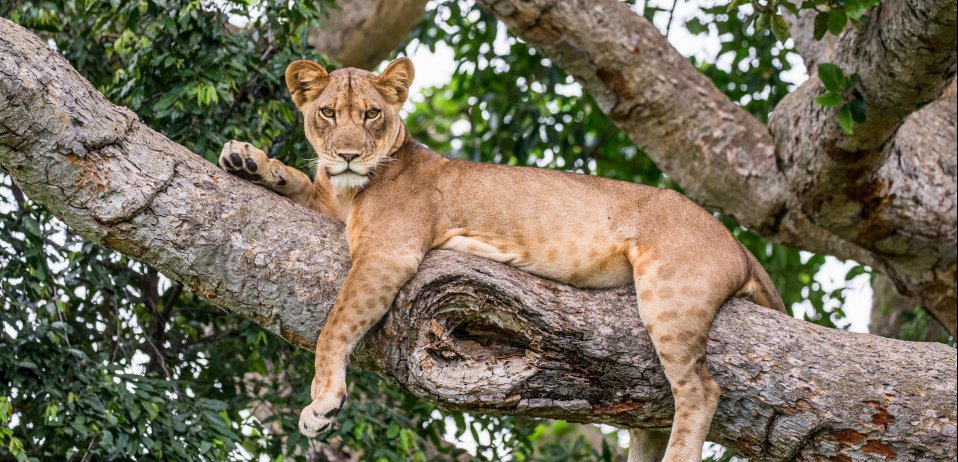
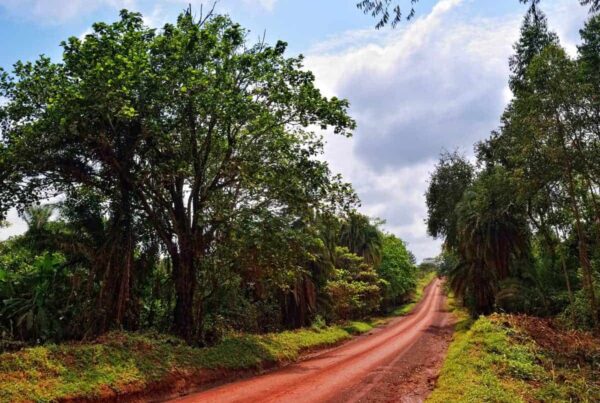
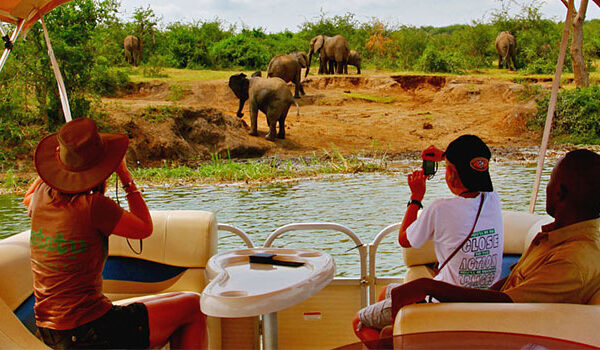
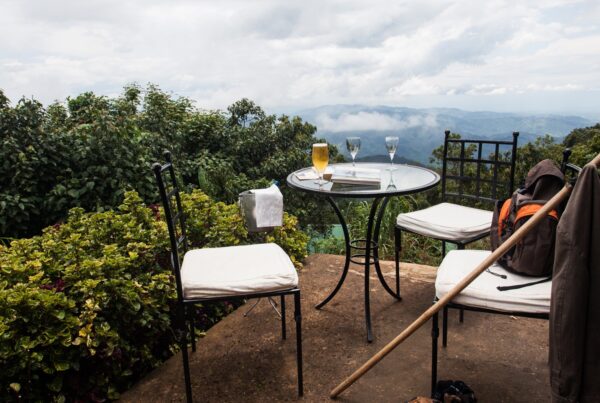
 WildHorn Africa – Authentic and unforgettable tours across Africa, guided by local experts who know the land, wildlife, and culture best.
WildHorn Africa – Authentic and unforgettable tours across Africa, guided by local experts who know the land, wildlife, and culture best.


